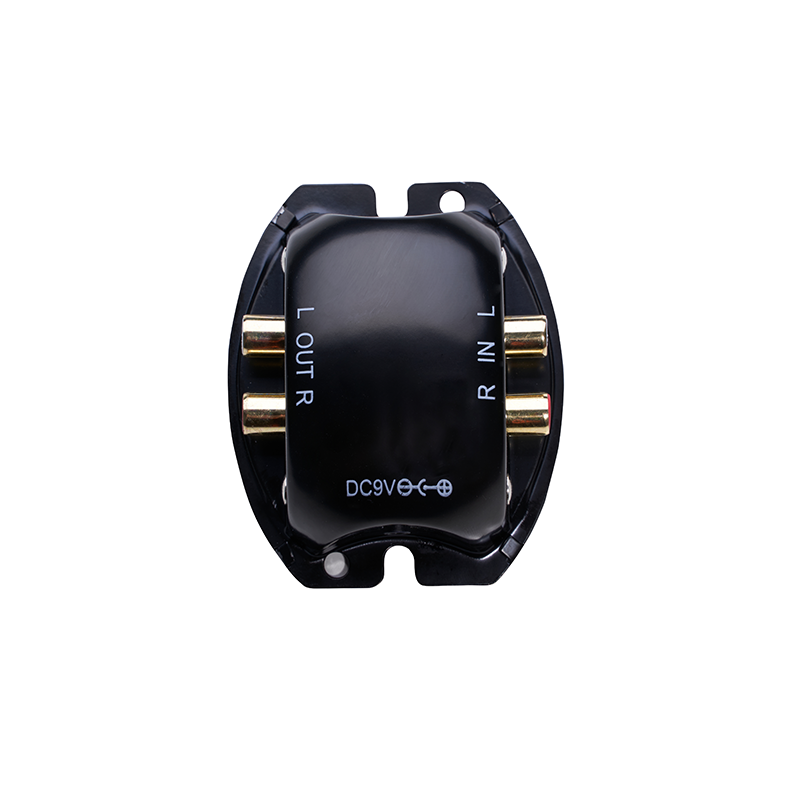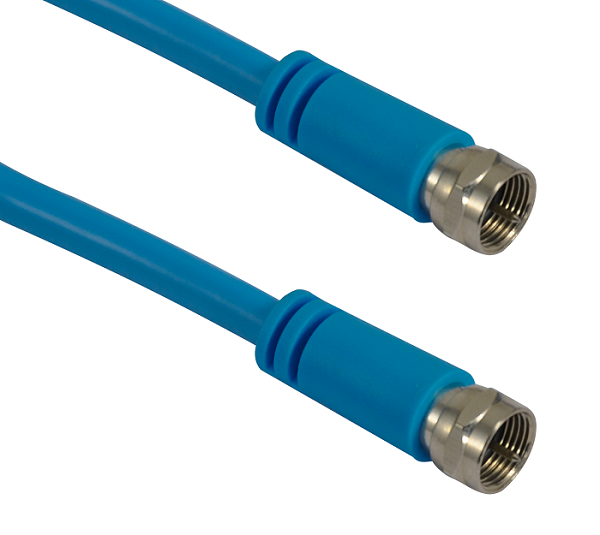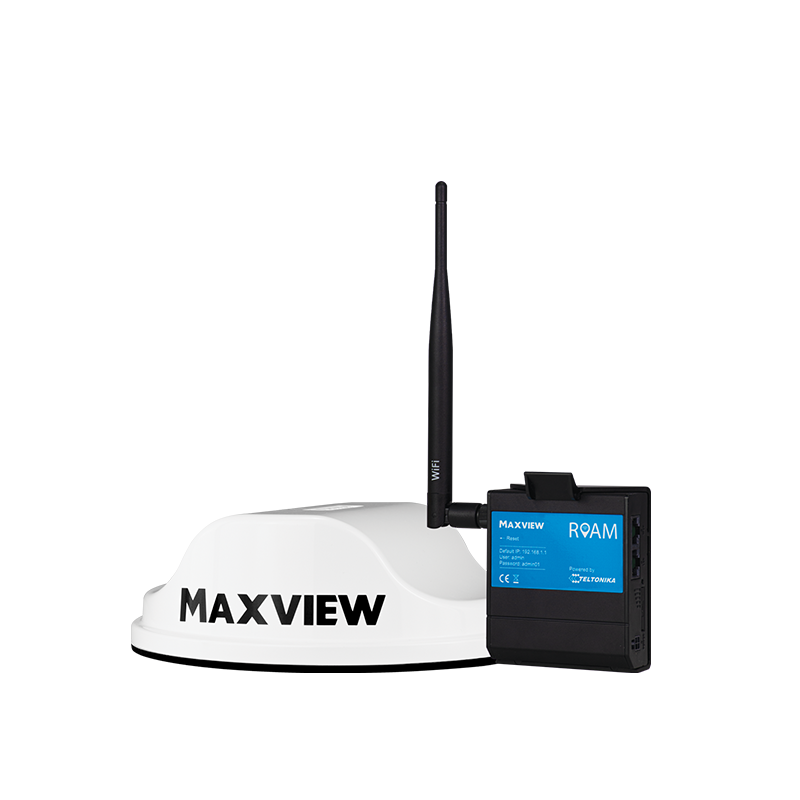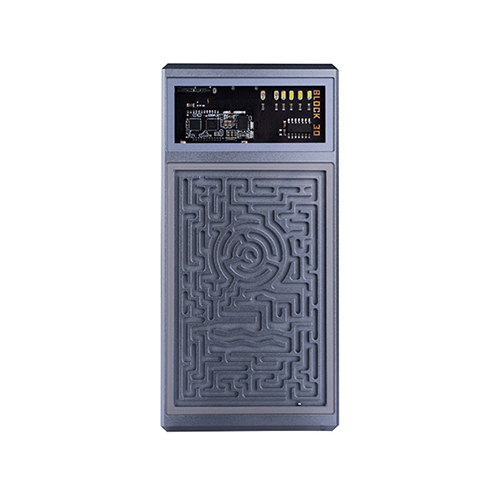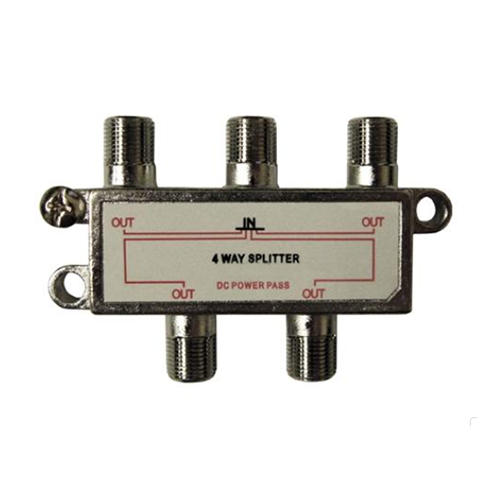Ngaba ukutshaja ngebhanki yamandla kuyonakalisa ifowuni? Inyaniso ilapha
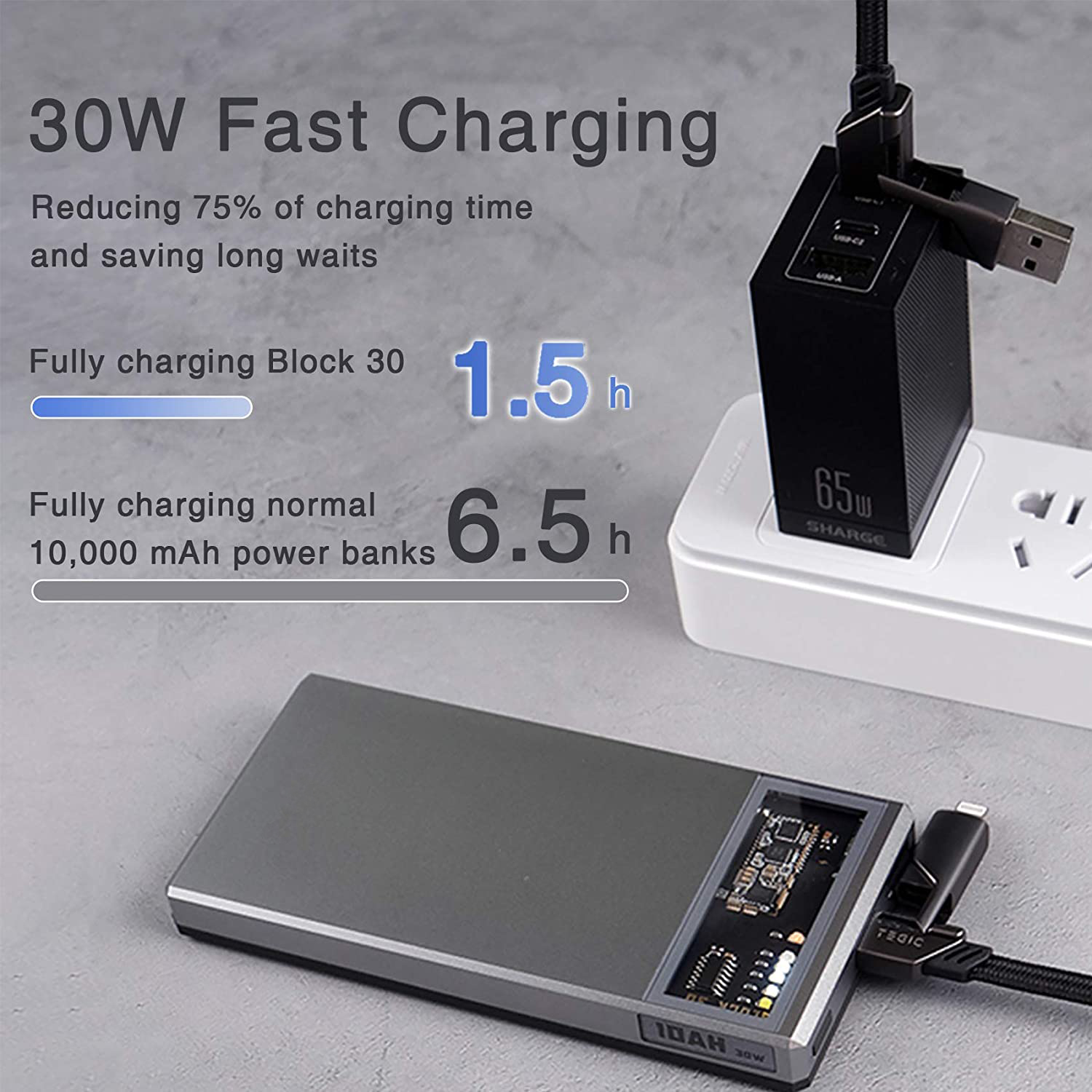
Ngaba usebenzise i Ibhanki yamandla ? When the mobile phone is out of power, I know how happy it is to carry a Ibhanki yamandla with you. When you are away from home, having a fully charged Ibhanki yamandla at your fingertips will give you a sense of security. Although the Ibhanki yamandla is easy to use, it has a "violent temper". With the advent of the era of a mobile phone, the safety accidents caused by the Ibhanki yamandla and other mobile power sources continue to occur, which is worrying. Is it really good to often use a Ibhanki yamandla to charge a mobile phone? Kutheni kuthabatha ixesha ukubiza Ibhanki yamandla? Can fast charging Ibhanki yamandlas charge ordinary mobile phones? How should we use the Ibhanki yamandla correctly?
01
Is it really good to often use a Ibhanki yamandla to charge a mobile phone?
The Ibhanki yamandla is a charging device that integrates power storage, step-down, step-up, and charging management. It functions as a charger and a backup battery. Like mobile phones, most Ibhanki yamandlas use 3.7V lithium batteries as batteries. The charging input of the Ibhanki yamandla is 5V DC, and the output is reversed. The average working voltage of the Ibhanki yamandla’s cells is 3.7V, boosted to the output working voltage of 5V and then transmitted to the mobile phone to achieve the charging effect. In this process, as long as the battery voltage is stable, the charging of the mobile phone is stable and will not cause damage to the mobile phone. Therefore, charging a mobile phone with a regular Ibhanki yamandla (except cottage Ibhanki yamandlas) will basically not cause direct damage to the mobile phone.
02
Kutheni kuthabatha ixesha ukubiza Ibhanki yamandla?
Xa kuthelekiswa nokutshaja ngokuthe ngqo, ifayile ye-Ibhanki yamandla takes longer to fully charge the phone. This is because the Ibhanki yamandla uses USB for charging. Compared with the AC power of the charger, the current output is small, so it will basically lose some current. In addition, some Ibhanki yamandlas have thinner wires, and the resistance of the wires is too large, which will also cause the charging speed to drop. Another situation is that the battery quality of the Ibhanki yamandla itself is too poor. In order to stabilize the current to control the output, it will also cause the charging time to become longer.
03
Can fast charging Ibhanki yamandlas charge ordinary mobile phones?
Nowadays, many smart phones have the function of fast charging, and some Ibhanki yamandlas that support fast charging have appeared. However, there are many fast charging protocols for mobile phones, and mobile phone chargers of different protocols cannot be used universally. Ibhanki yamandlas that support fast charging is also like this. However, non-universal means that mobile phones with different fast charging protocols can only use the mobile power corresponding to the fast charging protocol to have the fast charging effect. But the fast charging Ibhanki yamandla is still suitable for other mobile phones, but it cannot be fast charging.
04
How to use the Ibhanki yamandla correctly?
1. When the charging is completed, the power supply of the Ibhanki yamandla should be cut off in time to prevent overcharging.
2. Exposing the Ibhanki yamandla to high temperatures may deform the internal battery, and placing it in a humid environment may short-circuit the internal battery, so pay attention to the environment when storing and using the Ibhanki yamandla.
3. Heavy pressure, beating and strong vibration will damage the inside of the Ibhanki yamandla, so avoid bumping when using the Ibhanki yamandla.
4. When the Ibhanki yamandla is bulging, stop using the Ibhanki yamandla.
Xa uhlawulisaIbhanki yamandla, if the temperature of the Ibhanki yamandla is found to be too high, stop charging immediately, and then charge again when the temperature drops to the normal temperature.
 English
English  Esperanto
Esperanto  Afrikaans
Afrikaans  Català
Català  שפה עברית
שפה עברית  Cymraeg
Cymraeg  Galego
Galego  Latviešu
Latviešu  icelandic
icelandic  ייִדיש
ייִדיש  беларускі
беларускі  Hrvatski
Hrvatski  Kreyòl ayisyen
Kreyòl ayisyen  Shqiptar
Shqiptar  Malti
Malti  lugha ya Kiswahili
lugha ya Kiswahili  አማርኛ
አማርኛ  አማርኛ
አማርኛ  Bosanski
Bosanski  Frysk
Frysk  ភាសាខ្មែរ
ភាសាខ្មែរ  ქართული
ქართული  ગુજરાતી
ગુજરાતી  Hausa
Hausa  Кыргыз тили
Кыргыз тили  ಕನ್ನಡ
ಕನ್ನಡ  Corsa
Corsa  Kurdî
Kurdî  മലയാളം
മലയാളം  Maori
Maori  Монгол хэл
Монгол хэл  Hmong
Hmong  IsiXhosa
IsiXhosa  Zulu
Zulu  Lëtzebuergesch
Lëtzebuergesch  Malagasy
Malagasy  Punjabi
Punjabi  پښتو
پښتو  Chichewa
Chichewa  Samoa
Samoa  Sesotho
Sesotho  සිංහල
සිංහල  Gàidhlig
Gàidhlig  Cebuano
Cebuano  Somali
Somali  Тоҷикӣ
Тоҷикӣ  O'zbek
O'zbek  Hawaiian
Hawaiian  سنڌي
سنڌي  Shinra
Shinra  Shinra
Shinra  Հայերեն
Հայերեն  Igbo
Igbo  Sundanese
Sundanese  Yoruba
Yoruba  Español
Español  Português
Português  русский
русский  Français
Français  日本語
日本語  Deutsch
Deutsch  tiếng Việt
tiếng Việt  Italiano
Italiano  Nederlands
Nederlands  ภาษาไทย
ภาษาไทย  Polski
Polski  한국어
한국어  Svenska
Svenska  magyar
magyar  Malay
Malay  বাংলা ভাষার
বাংলা ভাষার  Dansk
Dansk  Suomi
Suomi  हिन्दी
हिन्दी  Pilipino
Pilipino  Türkçe
Türkçe  Gaeilge
Gaeilge  العربية
العربية  Indonesia
Indonesia  Norsk
Norsk  تمل
تمل  český
český  ελληνικά
ελληνικά  ελληνικά
ελληνικά  український
український  Javanese
Javanese  فارسی
فارسی  தமிழ்
தமிழ்  తెలుగు
తెలుగు  नेपाली
नेपाली  Burmese
Burmese  български
български  ລາວ
ລາວ  Latine
Latine  Қазақша
Қазақша  Euskal
Euskal  Az?rbaycan
Az?rbaycan  Slovensky jazyk
Slovensky jazyk  Македонски
Македонски  Lietuvos
Lietuvos  Eesti Keel
Eesti Keel  Română
Română  Slovenski
Slovenski  मराठी
मराठी  Srpski језик
Srpski језик 






